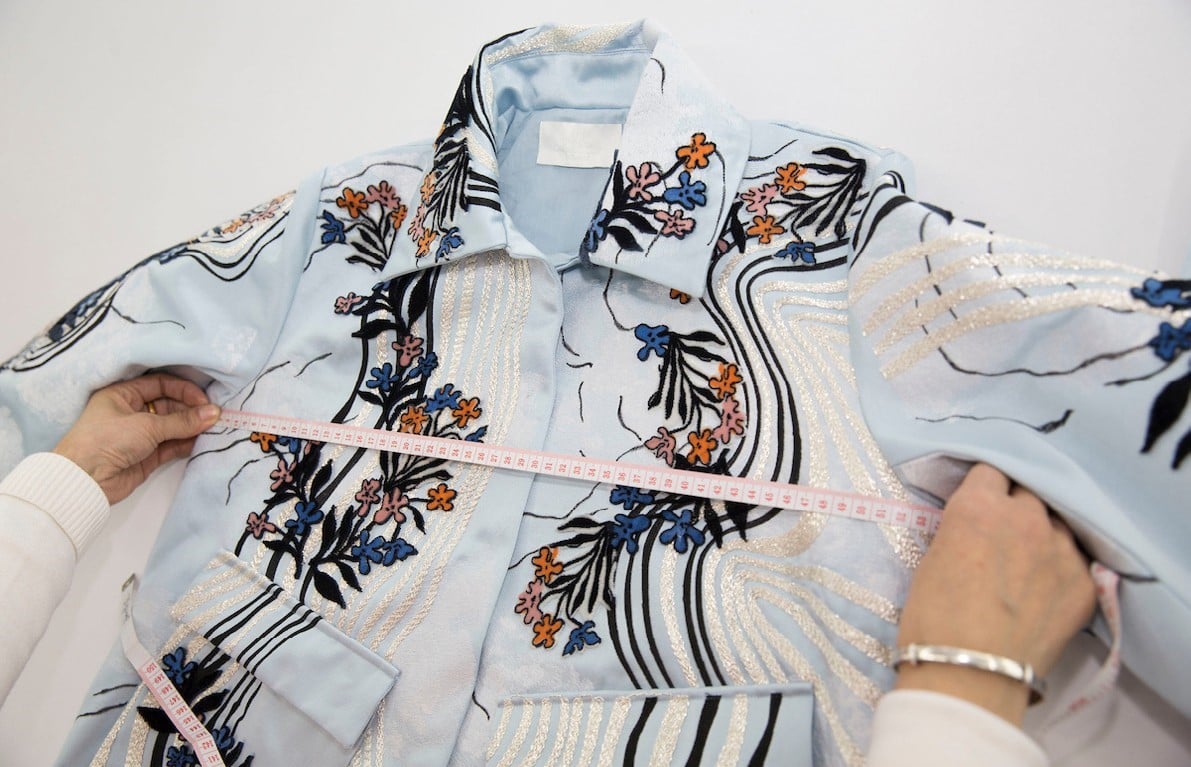Reflections on Nordea Asset Management’s engagement
with H&M in China and Hong Kong
April 2020
The fashion industry is a complex business which will experience major structural changes in the years ahead. According to United Nations, the industry consumes more energy than aviation and shipping combined and contributes to around 10% of global greenhouse gas emissions due to its long supply chains and energy intensive production¹. At the same time, there is a clear demand for the products – we all need clothes. The fashion industry also provides a living to over 75 million people worldwide – many whom are poor women with limited employment possibilities.
The fashion industry is in the midst of a huge structural change and will be faced with many challenges in the coming years. At the same time, the shift to more circular business models can include opportunities for companies within the industry. In order to better understand the risks and opportunities climate change and circularity innovations can present to investors, a team from Nordea Asset Management travelled to Hong Kong and China in November of 2019 to meet with H&M representatives. While there, they also visited textile business incubator The Mills Fabrica, The Hong Kong Research Institute of Textiles and Apparel Limited and The Novetex textile upcycling system.
The team included Olena Velychko, ESG-analyst and Filippa Gerstädt, Portfolio Manager in the Nordic, Finnish Funds.
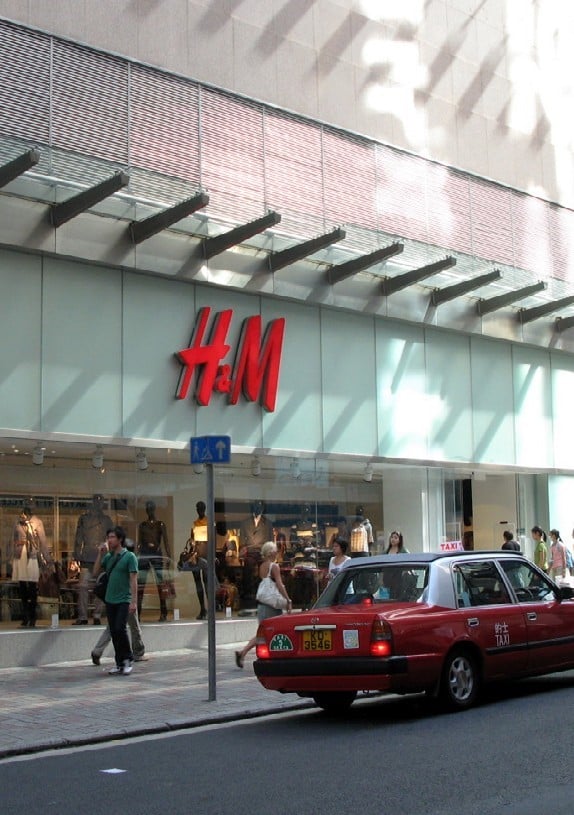
Q & A
A look inside H&M in China
Is being in China more of a threat or an opportunity for Nordic companies?
Filippa Gerstädt: For many years, China has offered huge possibilities for many Nordic companies – for example, engineering companies have benefited from China’s massive expansion of airports, roads and electricity infrastructure.
Now the economy is slowing down, partly due to trade turbulence, but also because most of the construction work is finished and the government is steering the country in a more consumption driven direction. The cost of labour has increased significantly in recent years and it has become harder to find factory workers. China is no longer the low- cost producer it once was.
I would say the opportunities depend on which business you are in. The more traditional engineering companies, like Atlas Copco, Hexagon or Kone, are likely to meet weaker demand, while we at the same time should see increasing demand for the consumption-tilted companies as well as companies with exposure to environmental- related products. In order to succeed, the companies need to have a local presence and production in China. They also need to understand the Chinese consumer and develop specific products for the Chinese market, which can be totally different from the Western ones.
“In 2019, H&M reached its goals for sustainable cotton – now 100% is either recycled, organic or BCI (Better Cotton Initiative) certified.”
Olena Velychko
When assessing companies, what are the challenges and opportunities from ESG (environmental, social and governance) perspective?
Olena Velychko: From the environmental perspective, we expect more stringent regulations in line with the Beautiful China plan, which is a long-term vision for a healthy environment and low pollution. We also expect that the central government will continue to further strengthen supervision over local enforcement authorities. Air pollution has been the main source of public frustration, and in response, the government has targeted heavy polluters in densely populated areas. As result, many factories had to shut down or move to other areas. Many companies have also invested in technologies and equipment to control pollution. This is where we see that being proactive in the sustainability of own operations and supply chain oversight has paid off.
Evaluating the risks
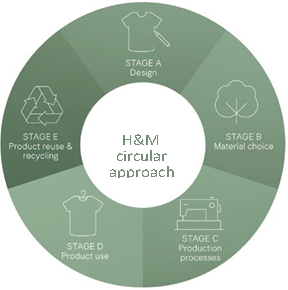
H&M operates in the garment industry. How would you describe the industry and H&M from an ESG perspective?
Olena Velychko: From an ESG perspective, we consider fast fashion high risk. For many years, we have been focused on labour rights and living wages, but recently, we have begun to pay more attention to circularity. When you consider the environmental footprint, specifically the greenhouse gas emissions lifecycle footprint, the largest impact – around 50% – comes from fabric production and raw materials. Therefore, if we can solve the sustainable materials part, a lot of impact can be reduced.
H&M has always been cotton heavy, and cotton accounts for the majority of its total sourced materials. In 2019, H&M reached its goals for sustainable cotton – now 100% is either recycled, organic or BCI (Better Cotton Initiative) certified.
This can be compared with their biggest competitor, Inditex, which aims to reach the same target by 2025.
Cultivating organic cotton uses 88% less water and 62% less energy than conventional or recycled cotton, consuming much fewer resources, but is less available.
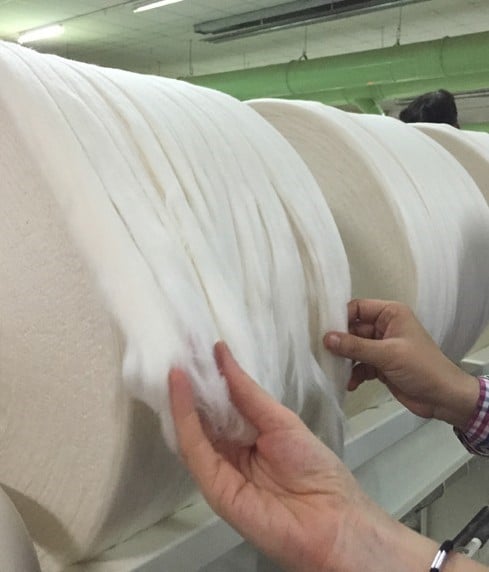
What does H&M look like from an investment perspective?
Filippa Gerstädt: H&M operates in a tough industry – it must offer very fashionable products at attractive prices and with short delivery times. Because H&M was a late- comer to the online business format and relied heavily on brick and mortar stores and traditional IT systems, the company has had to contend with a large build-up in inventory levels. To address the problem, H&M significantly discounted its products, but this had a negative impact.
H&M is a large company and restructuring its business has taken time. Now the company is finally ready to challenge its competitors. In 2019, H&M was ranked by Retail Week among the top fashion retailer in offering customers the best digital shopping experience.
Looking Ahead
What themes did you discuss with H&M during your visit to Hong Kong?
Olena Velychko: At the moment, only 1.4% of total materials used in H&M products are recycled. The purpose of our trip was to understand how this can be increased. H&M is currently coinvesting in six innovative start-ups, such as Re:newcell, which turns used cotton and viscose into new biodegradable pulp. H&M also supports research in recycled materials technologies via the H&M Foundation. In 5-10 years, we can expect to see large scale commercially viable recycled textiles production. Meanwhile, companies will need to help consumers adjust to the look and feel of recycled textiles.
Could these themes create value for investors?
Filippa Gerstädt: Nordea’s meeting with H&M addressed how the company can secure its value chain and guarantee access to raw material at a reasonable price in a world with fewer and fewer resources. As long-term investors, for us it is important to see that the companies we invest in think about their business in the long run – H&M is definitely one of those companies.
H&M operates in a really tough sector. We don’t expect to see further cost support from expanding the sourcing to other lowcost countries, a fact which has supported the company in the past. At the same time, as the cost for labour and materials increases, the company will need to have a strong offering that motivates clients to pay for those higher costs. In our opinion, the investments and measures H&M has taken are correct. It is also important that H&M educates its clients about various ESG-related aspects so that the customers´ understanding goes beyond the price tag. We believe that if H&M is able to do this, it can further strengthen its brand.
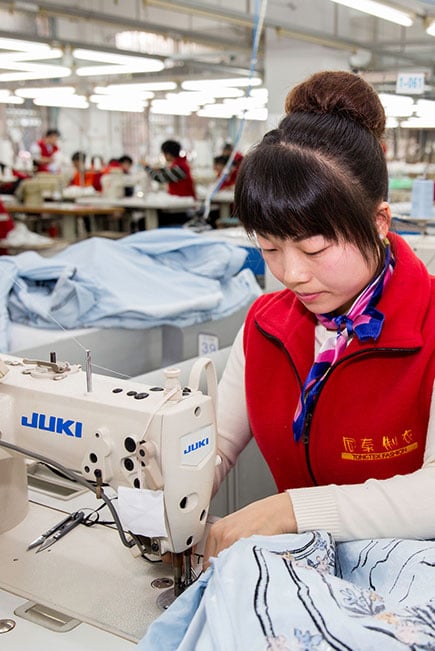
Diving deeper
Has the information you learned during your trip impacted your thinking about H&M as investment?
Filippa Gerstädt: For me, it was valuable to see that H&M can secure its value chain over a longer term. It is important that companies have clear goals concerning working conditions, water usage and circular use of materials. Based on the trip we think that H&M’s goals are ambitious and even if we can expect a raise in cost caused by higher salaries or more expensive materials, we believe it will happen in a controlled way.
Thanks to social media, we see a clear risk in the fashion industry that negative news, e.g. about working conditions, can spread very quickly and impact customers´ purchasing decisions. It is important that companies within the sector have solid structures in place to mitigate these risks.
Nordea has been engaging with H&M for many years. What did the Hong Kong meeting reveal that could not have been learned in Stockholm?
Olena Velychko: We met with H&M’s Global environmental manager, who is an expert specifically in textiles. Because he works with this on a daily basis, he was able to share more practical insights with us. In addition, we spent half of the day with the CEO of HK-RITA, who provided us with a broader industry level perspective into the research and development of recycled and new textiles. We returned from the trip with a better understanding of the different types of recycling technologies and their limitations and challenges, which will help us to have more informed engagements with companies in the sector.
